In July 1958, the camp was built in Mamurras (Bushnesh), Kruja, near Unit 305.This camp would be used for the drying of the Thumanë Swamp.According to the camp’s organizers, the terrain was difficult as there were forests near the swamp.This could encourage convicts to try to escape.
By decree of the Minister of Internal Affairs, in August 1958 the camp was moved to Gjorm, Kruja, to continue drying the swamp.
In the autumn of 1958, the unit was in Thumanë.Ordinary convicts had been transferred to Tirana.
In 1958, 540 political convicts worked there and not a single ordinary one.
According to 1952 data, 742 convicts worked in the camp.
Meanwhile, in 1960 there were few records mentioning 642 prisoners, all political, of which five were foreign.
Convict Mark Alija testifies:
“In 1958, the Tërbuf Camp was moved to Thumanë. There were around 700 political convicts in the camp. A canal was built from Ishëm River’s mouth to Shullaz completely by political prisoners Everything was done by wheelbarrows, spades and shovels.
There was non-stop rain, so much so that the convicts would tell each other jokingly:“ Even God has taken ‘their’ side!” We would take the soil by hands from a hill and transport it by wheelbarrows to the embankment.
The barracks were located in Thumanë. From the barrack to the workplace, we had to walk for five kilometers and another five to come back. We left the barracks at 06:00, walked for an hour and a half and started working. We ended at 03:00 pm and did another hour and a half to return. Usually, in rain and on mud.
Hygiene conditions were so bad that it was surprising that there was no cholera outbreak. We were in the worst of conditions. There was no water to wash clothes. Even in the canal, when there was water, if they found us washing clothes, they would put us in the cell for three days for being out of order. Imagine, we couldn’t even use the canal water. There was no bathroom. We couldn’t have a shower or anything. We had the ground for a toilet. Imagine 700 people and no toilets…”

